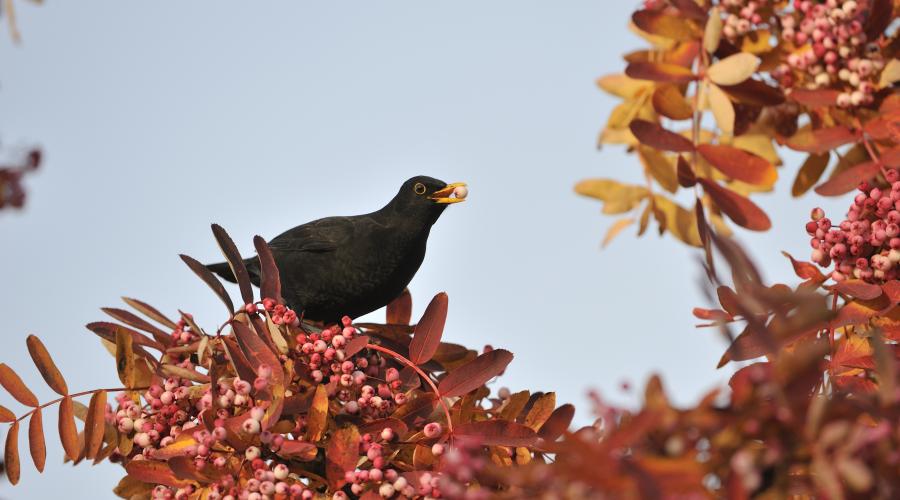
Statistical News Release: Index of Abundance for Scottish Terrestrial Breeding Birds, 1994 to 2017
29 November 2018
An Official Statistics Publication for Scotland
NatureScot has today released the latest figures tracking the abundance of Scotland’s terrestrial breeding birds.
Over the long term (1994-2017), the all-species (smoothed) index increased steadily up to the mid-2000s, subsequently fluctuating between 12% and 23% above the 1994 index value. It is currently 16% higher than in 1994 (using the smoothed indices – see note 2).
Over the short term (2016-2017), using the unsmoothed indices, the all-species index increased by 8%, the farmland bird index increased by 9% and the woodland bird index increased by 5%. The upland bird index change was not significant.
Analysis of habitat specific trends did show some change over the long term: woodland birds increased by 69%; the farmland bird index showed a steady increase up to the late-2000s, subsequently fluctuating between 13% and 23% above the 1994 value; in 2017 it was 14% higher than in 1994. Upland birds decreased by 17% over the same period.
There are numerous explanations for the long-term trends observed. These differ between species and include the conditions experienced in wintering areas (e.g. blackcap), the ability of some birds to exploit different food sources (e.g. goldfinch) or land use changes (e.g. curlew and golden plover).



